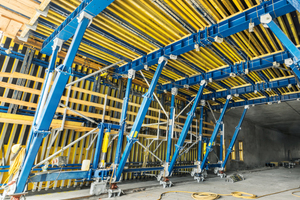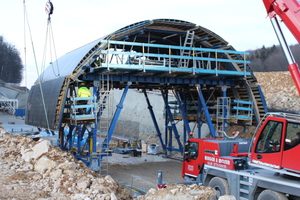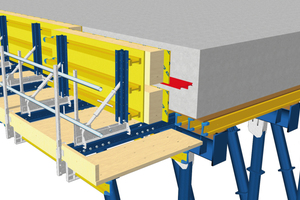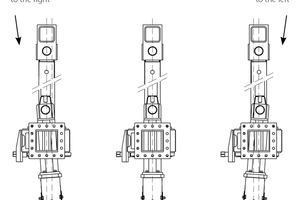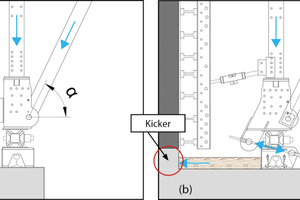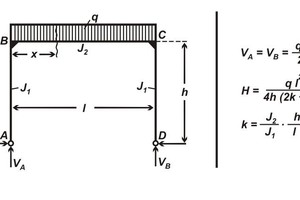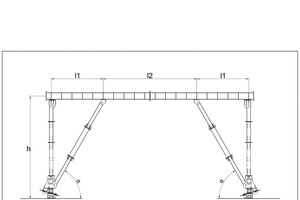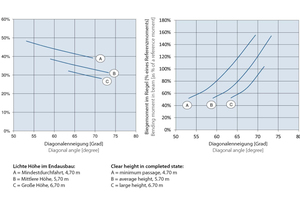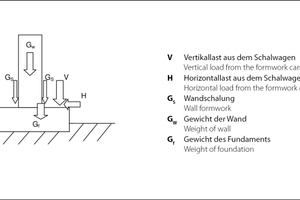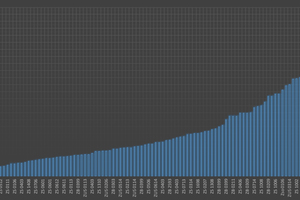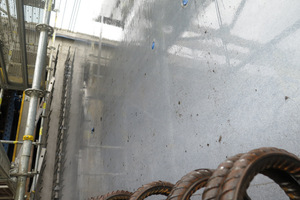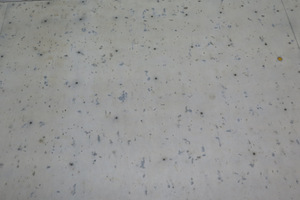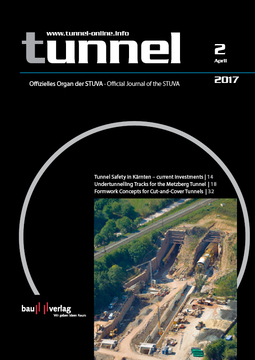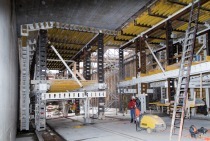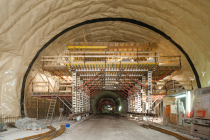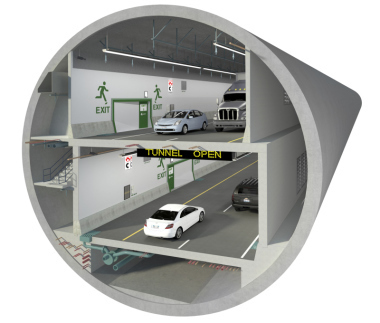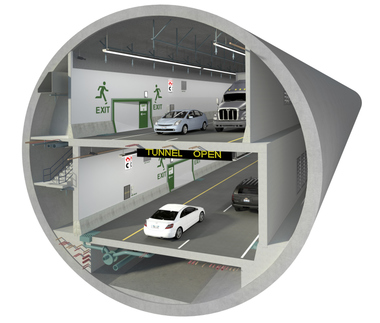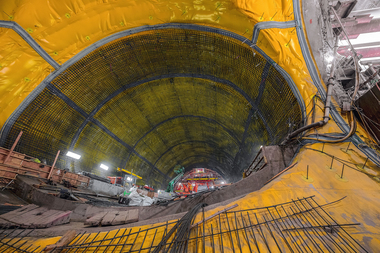Formwork Concepts for in-situ Concrete Cut-and-Cover Tunnels
Increasing urbanisation will lead to more than five billion people living in large cities by 2030 [1]. In addition to digital networking, it is necessary to provide mobility for these fast-growing metropolitan areas with rapid transportation routes. EU programmes for the development of the European Single Market like TEN-T include plans for the building of 58 000 km of long-distance roads, 70 000 km of railway lines and 12 000 km of national roads by 2020. As a result of this, tunnelling will play an even more significant role in the future.
In Germany, tunnel projects with a relatively constant cumulated length of about 170 km per year are to be expected. From the formwork manufacturers’ point of view these projects will be of great interest. At the turn of the year 2015/16, only 13.6 % of tunnel projects were cut-and-cover (Fig. 1), compared to mechanically bored (42.3 %) and the shotcrete method (44.0 %) [2]. The overall European potential is however considerably higher due to the construction of e.g. new underground and rapid transit lines in Paris and London, road tunnels in Norway and submerged tunnels in the Baltic.

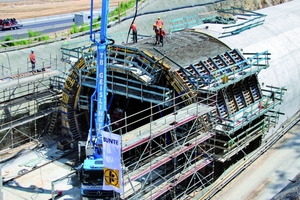
![Cut-and-cover projects carried out by Doka (blue = slab thickness [m]; yellow = clear span [m]; red = clear height [m])](https://www.tunnel-online.info/imgs/tok_f328066fee4d0036907fef404417001c/w300_h200_x400_y135_106637054_01b89b3a9c.jpg)
